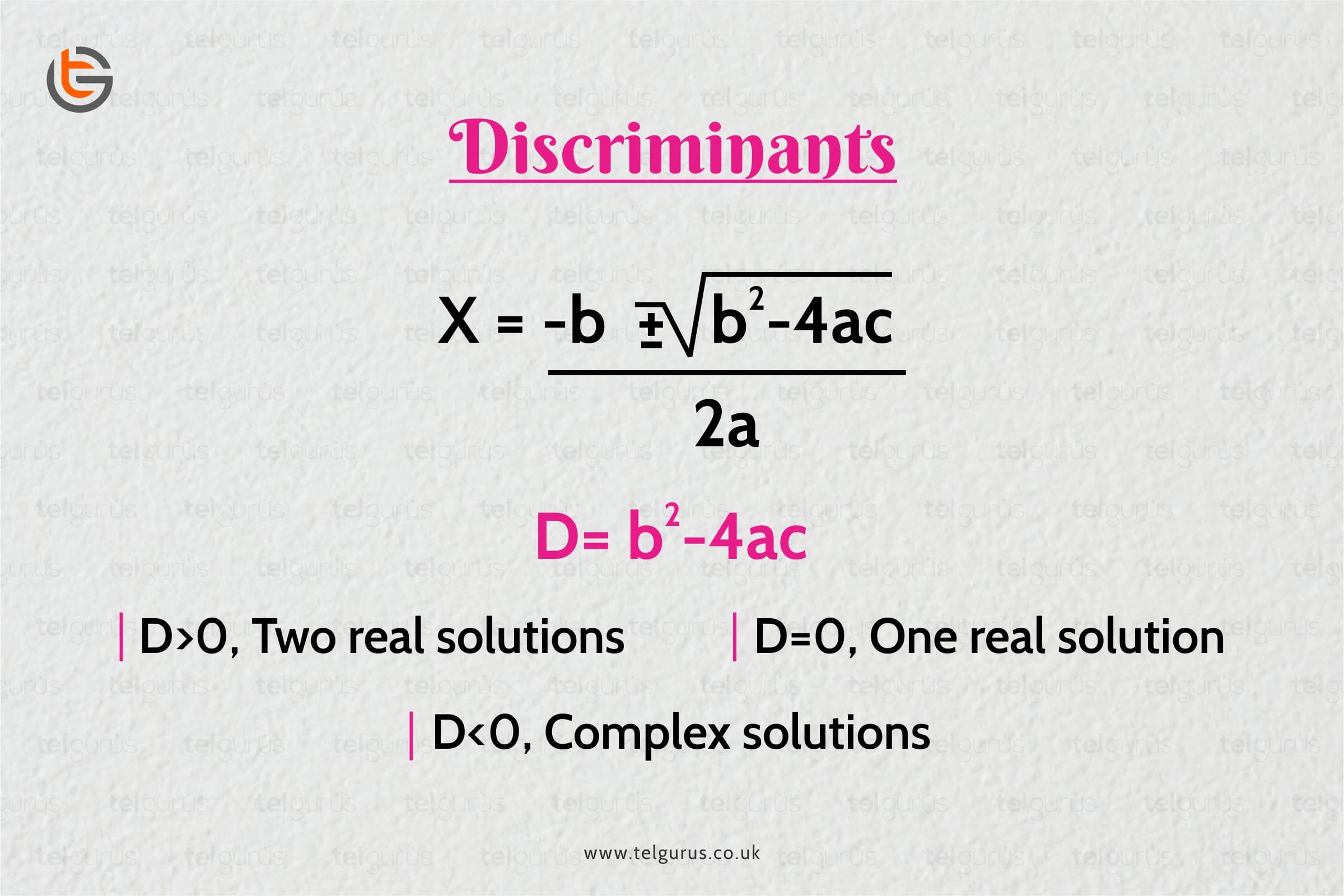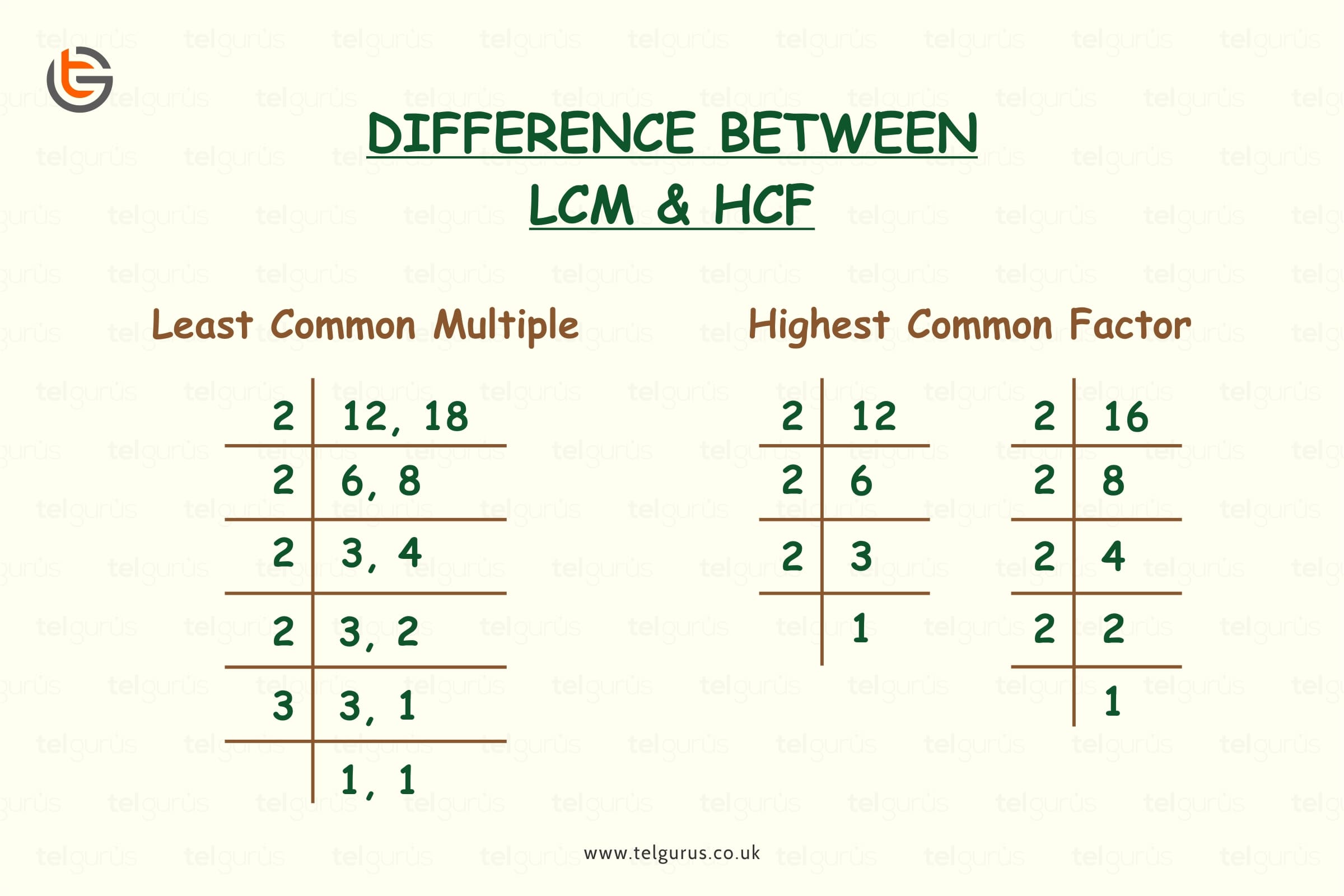Enrich your knowledge with our informative blogs
How do you integrate ln ( x ) ?

Calculation of integrals is known as integration. Integration is an inevitable part of calculus in mathematics akin to differentiation.
Integration is a really vast topic. Integration is a method of adding up parts of a function to get the whole entity.
It’s more like a whole pizza and the pieces of it are the differentiable functions which can be integrated to get the whole pizza back.
Integration can be used to solve the following types of problems:
- Simplifying a problem function, when its derivatives are given.
- It helps to find the area bounded by a graph of a function given under certain conditions.
The symbol used for integration is ∫.
For example:
We know that cosine x is the derivative of sine x. This means sine x or sin x is the antiderivative or integral of cosine x (cos x).
Integration is exactly the opposite of differentiation.
While differentiation means segregating into small pieces, integration is the summing of those small pieces to get the thing back.
Calculation of small addition problems is an easy task that can be done manually or by using calculators as well. But, for high-end additions where the limits could reach infinity, we use integration methods.
Now, the question is how to integrate ln ( x )?
In this question we will use the method of Integration by Parts.
Integration by parts is a method of integration that is used when two functions are represented in multiplication form.
According to Integration by parts:
First function * (integral of second function) – integral of (derivative of first function * (integral of second function))
Some Important Points:
- When both the functions in the product can be integrated separately and one of them is of the form x n, take this as the first function.
- If one of the two functions in the product is a logarithmic or an inverse trigonometric function, it must be taken as the first function.
- The rule of parts can also be applied to single functions and is especially useful in the case of logarithmic or inverse trigonometric functions. For this, unity i.e. 1 become the second function.
By looking at the above points, we can conclude that:
∫ f (x) g’ (x) dx = f(x) g(x) – ∫ f’(x) g(x). dx
But, in ln( x ) there is only one function and integration by parts is applied only when there are two functions.
So, here we can take another function as 1.
Therefore take ln ( x ) as the first function and 1 as the second function.
f(x) = ln (x)
f’(x) = 1/x
g(x) = x
g’(x) = 1
By applying the integration by parts rule:
∫ ln ( x ) . 1 dx = ln ( x ) ∫ 1 dx – ∫ d / dx ( ln ( x ) ) ∫ 1 . dx
= ln ( x ) . x – ∫ ( 1 / x ) . x . dx
= x ln ( x ) – ∫ 1 . dx
= x ln ( x ) – x + c
So , The integral of ln ( x ) is x ln ( x ) – x + c
For every integration, we add a constant c to make sure that nothing is lost.
Read More – Mathematics Questions
View More – Useful links for Your Child’s Development

Unleash the Power of visualization to break tough concepts
Wanna be the next Maths wizard? Discover the new way of learning concepts with real-life Visualization techniques and instant doubt resolutions.
Categories
Recent Posts
- List of the qualities you should look for in your tutors?
- What is the most useful formulas in math?
- Describe the process of eating to defecation of food?
- Difference between the natural and artificial active response by the immunology system.
- Explain the different circle theorems
- How are nerve cells adapted to their function?










